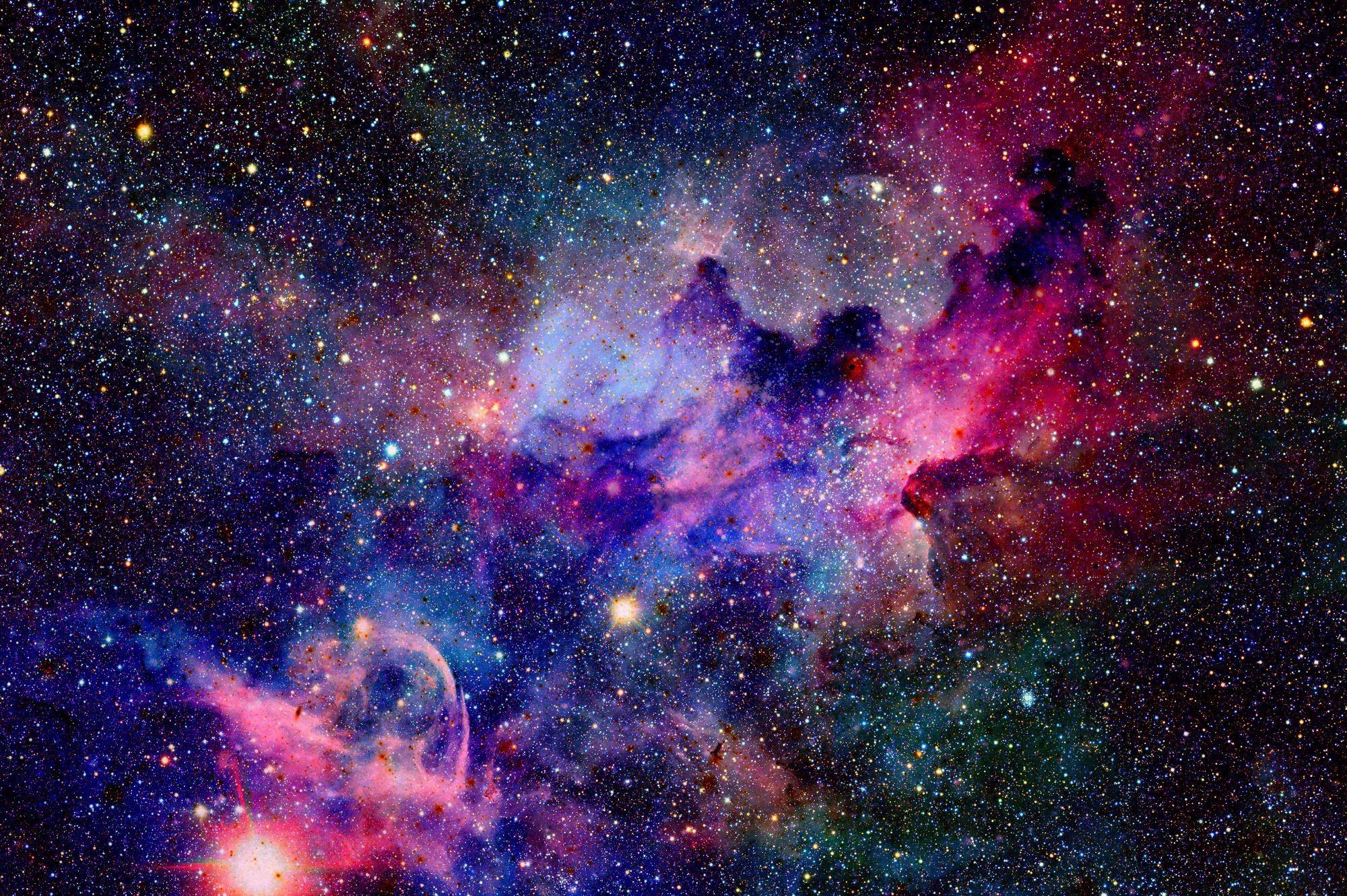May 19 2021
According to researchers, Europium is crucial for comprehending the formation of heavy elements by the process of fast neutron capture, or the purported r-process.

Image Credit: Shutterstock.com/NASA Images
This is vital for both the formation of half of the elements heavier compared to iron and the complete abundance of uranium and thorium present in the universe.
The EUROPIUM group has integrated theoretical astrophysical simulations and surveys of the oldest stars in the Milky Way galaxy and dwarf galaxies. The latter are compact, dark-matter-dominated galaxies orbiting the Milky Way galaxy.
Dwarf galaxies are great test objects for investigating the r-process, as a few of the oldest metal-poor stars, those that have survived for 10 to 13 billion years, have shown an excess of r-process elements. Studies have even proposed that only a single neutron-rich event could be behind this enrichment in the tiniest dwarf galaxies.
With their breakthrough, the scientists in Darmstadt and Heidelberg have successfully identified the highest europium content ever found to date. They have also given a new name for these stars: 'europium stars.'
These stars are part of the dwarf galaxy Fornax—a dwarf spheroidal galaxy with high stellar content. In their article, the researchers also report the initial observation of lutetium in a dwarf galaxy and the biggest sample of observed zirconium.
In Fornax, the 'europium stars' present were born soon after an explosive production of heavy elements. Depending on the high stellar metal abundance, the severe r-process event should have taken place in the past four to five billion years ago.
This is a very unusual finding because a majority of the europium-rich stars are much older. Thus, europium stars offer better insights into the origin of elements in the universe at a very particular and late time.
Heavy elements are developed by the r-process during the merger of two neutron stars or the explosive end of massive stars with powerful magnetic fields. The EUROPIUM team has investigated these two high-energy events and executed elaborate studies of element production in such settings.
But as a result of the still huge uncertainties present in the nuclear physics data, it is impossible to explicitly categorize the heavy elements in the 'europium stars' as one of these astrophysical settings.
Forthcoming experiments in the new accelerator center FAIR at the GSI Helmholtzzentrum für Schwerionenforschung in Darmstadt will considerably decrease these uncertainties.
The new Hessian cluster project ELEMENTS, of which Professor Arcones is a principal investigator, will especially integrate simulations of neutron star fusion, nucleosynthesis calculations with the new experimental data, and observations to examine the long-time question: Where and how are heavy elements generated in the universe?
Journal Reference:
Reichert, M., et al. (2021) Extreme r-process Enhanced Stars at High Metallicity in Fornax. The Astrophysical Journal. doi.org/10.3847/1538-4357/abefd8.